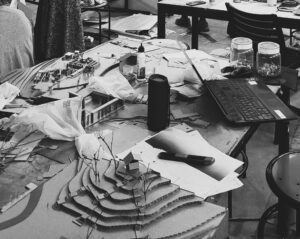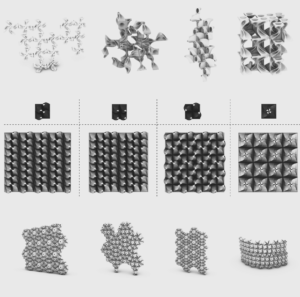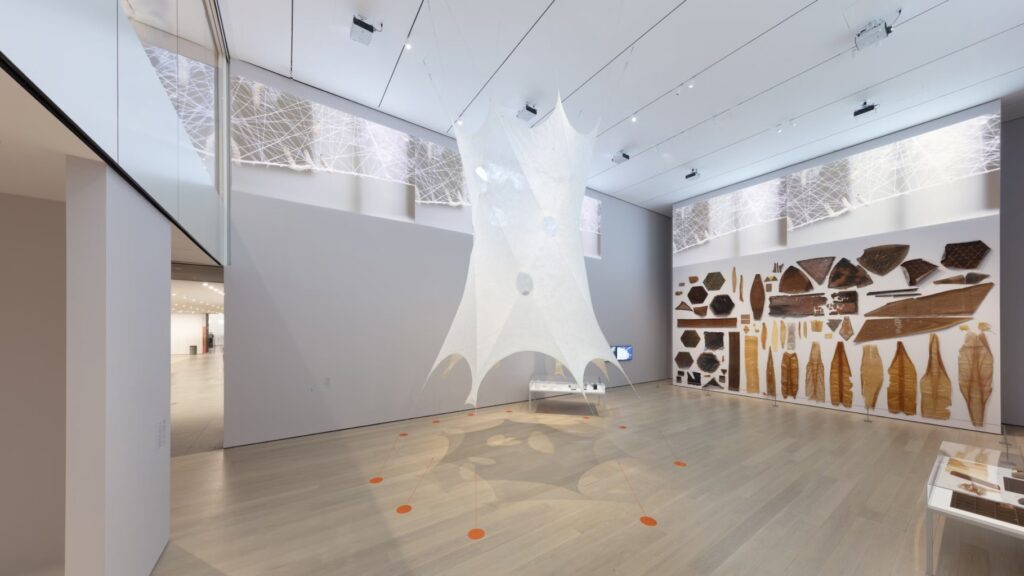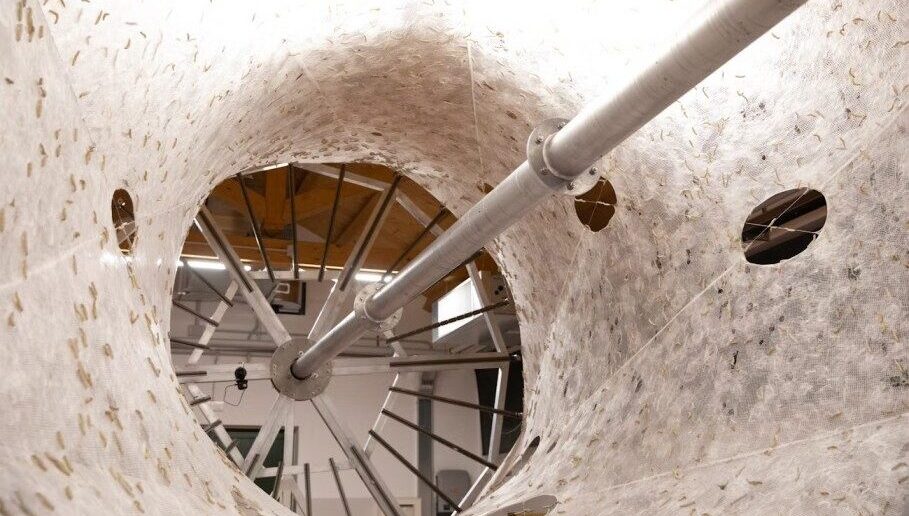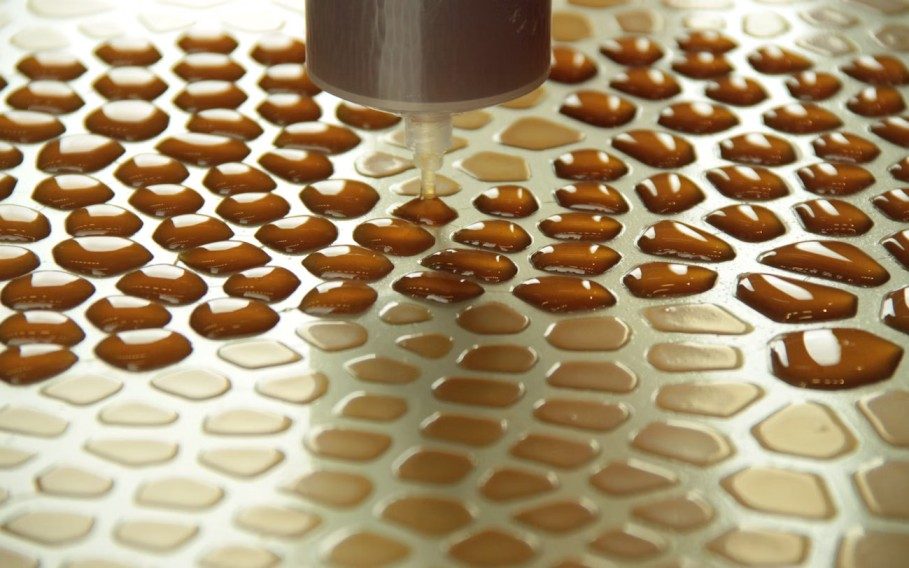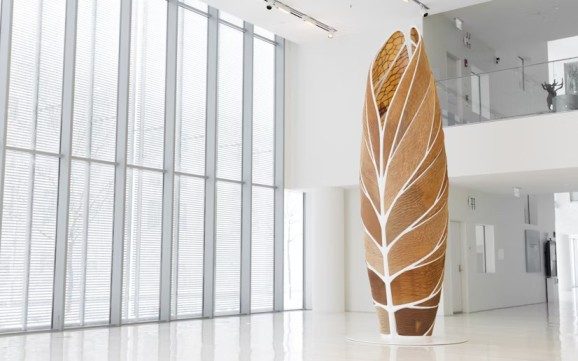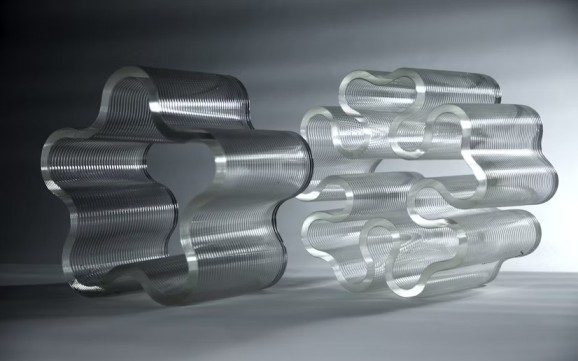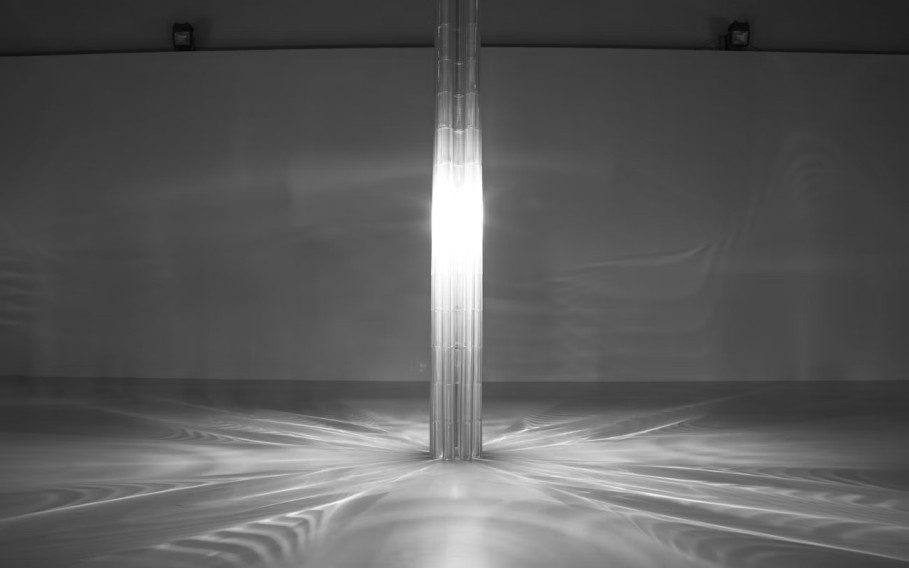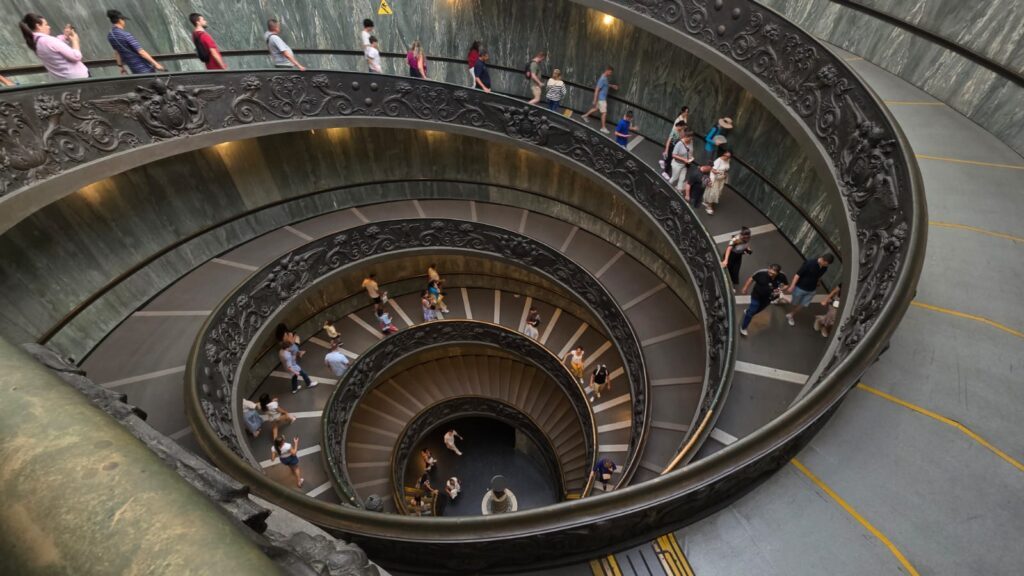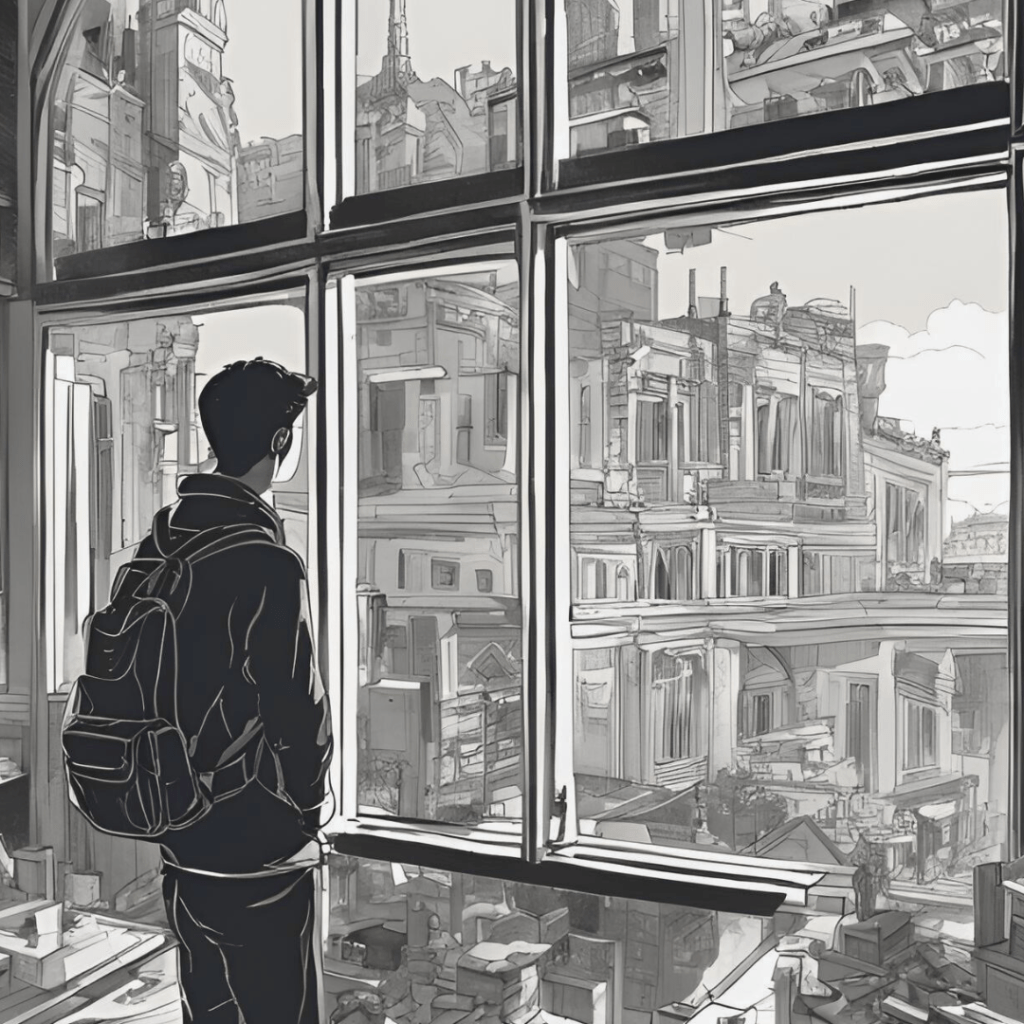Find the best resources to learn computational design at your own pace! Whether you're a beginner, intermediate, or advanced learner,...
Read More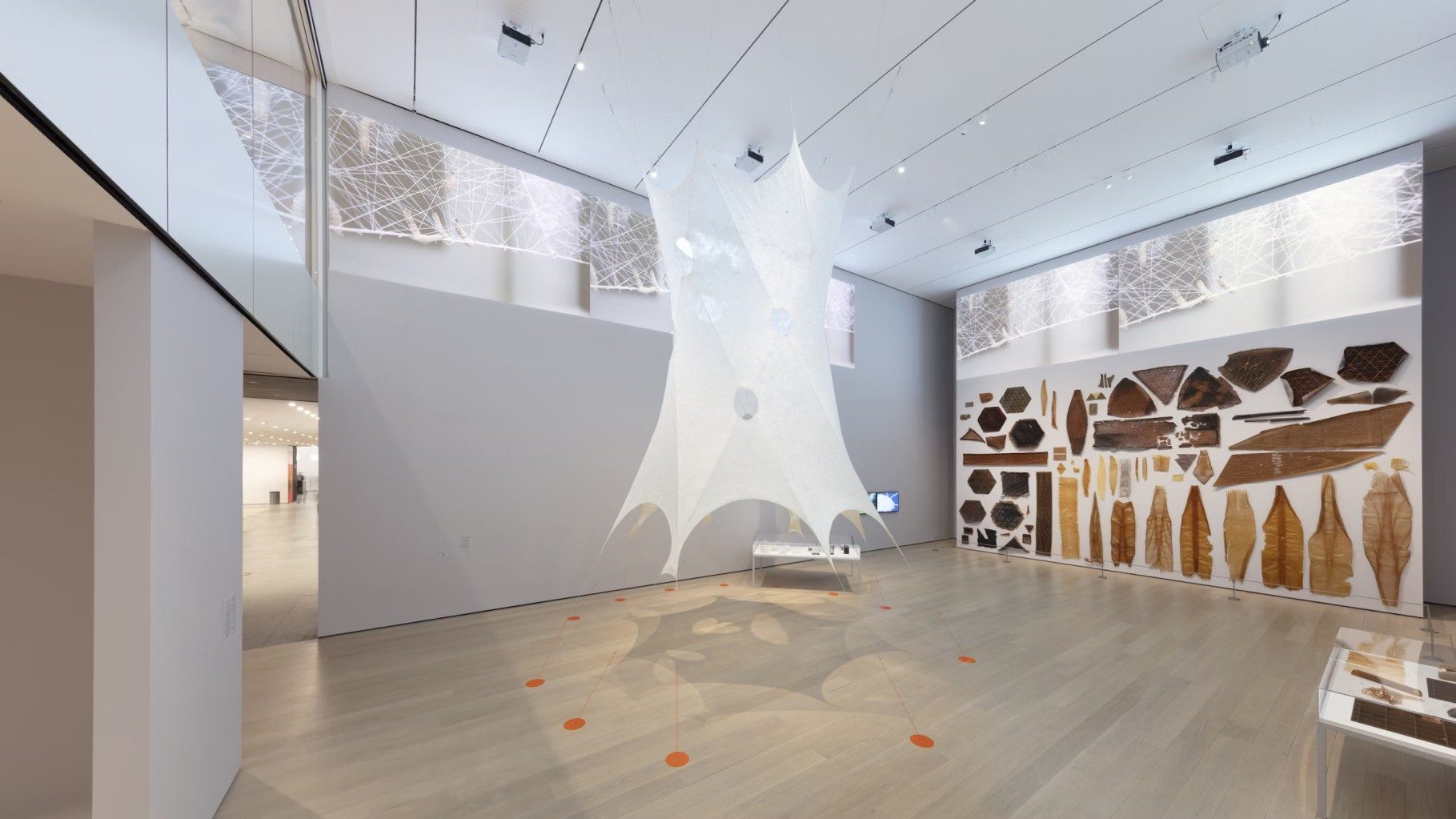
Co- Creating with Nature - Neri Oxman
One of the Approaches to Computation Design
- Architecture| Computational Design
- September 28, 2024
This article explores an approach you’ll often encounter when discussing computational design/ design in general: nature as inspiration. Many projects draw from the anatomy, forms, and patterns found in nature. If you are familiar with the term biomimicry (in which the design mimics any of its natural properties for example form), the approach I am gonna talk about in the article is a step further is how we can co create with nature.
The studio I’m currently involved in takes this concept deeper. Nature is intelligent, organizing itself in highly efficient ways. For example, ants instinctively find the shortest path to food, and flowers have specific petal arrangements, etc. These systems aren’t random—they’re based on mathematical logic. So, why not apply this knowledge? By studying nature, we can understand behaviors, material distribution and structure, which in turn could inform our design process, especially materials in this case. To further explain this, I’m drawing from the work of Neri Oxman. She takes this idea one step further and asks: Can nature be a co-creator or co-client? Can we work with nature and give back to nature (OXMAN, n.d.)?
Neri Oxman, an Israeli-American designer and architect, is renowned for her pioneering work in material ecology, blending nature, biology, and technology in her designs. Born in Haifa, Israel, she initially studied medicine before shifting to architecture, earning a degree from the Architectural Association School of Architecture in London and later a PhD in Design Computation from MIT in 2010. That same year, she founded the Mediated Matter Group at MIT, and in 2021, she launched her own design firm, OXMAN, (Wikipedia contributors, 2024).
She aims to create more nature-based materials and fabricate them digitally using technology. For instance, in one of her lectures, she mentioned that the physical matter we build now exceeds the biomass on Earth, which is alarming. Nature uses only a few molecules—cellulose, chitin, and pectin—to create everything. Why not manipulate these natural materials for human use?
Oxman’s team uses environmental factors like humidity, light, and heat to compute a growth system (i.e., using algorithms based on these factors) that allows simulating and controlling the material’s behavior digitally to achieve desired outcomes. This is known as data-driven material modeling (Boston Architectural College, 2021). By using this generative approach, they explore how to structure materials based on physical properties like water affinity, heat sensitivity, and opacity. On those bases, possibilities are explored in terms of what material has to offer. This approach might lead to the possibility of building in a single material rather than assembling.
Neri Oxman’s Projects
To give you a better idea of her work, here are a few of her projects that showcase the potential of co-creating with nature.
My favorite project is the Silk Pavilion, created in collaboration with silkworms. Typically, silk is extracted by boiling the worms, but Oxman sought a more humane and sustainable method. Her team studied how silkworms weave and the environmental factors affecting the patterns, density, and thickness of their silk (Silk Pavilion II, n.d.). Based on this knowledge, they manipulated the weaving to create dense areas where structural support was needed and thinner, translucent areas where less support was required. They built a very basic structure, covered it with a thin fabric, and let thousands of silkworms weave the structure.
In another project, Agua Hoja, they used plant-based derivatives like cellulose to 3D print an entire pavilion (Aguahoja, n.d.). By varying the speed and pressure of the printer nozzle, they altered the material’s deposition, resulting in color changes due to the physical properties of the cellulose. As water evaporates over time, the structure becomes more rigid, and eventually, it disintegrates back into water, returning to nature. Isn’t that fascinating?
Oxman’s Glass Structural Columns project explores the use of glass’s optical properties—reflection, refraction, and containment of light—by manipulating how the material is organized and deposited using 3D printing (Boston Architectural College, 2021). The project has been taken to an architectural scale, with 3D-printed glass columns informed by structural load. The higher the load, the larger and more tightly arranged the lobes of the column, which in turn alters the light effects. What I’ve learned from this is that material is important, but how we use it makes all the difference.
Conclusion
What I admire most about Neri Oxman’s work isn’t just its sustainability—it’s her approach to integrating nature into the design process. This approach could provide solutions to many of the challenges we face today. Inspired by her ideas, we are trying to working on a material and production system that has a life cycle. If you’d like to learn more about our work, feel free to drop a comment!
Thanks for reading!
References–
- OXMAN. (n.d.). OXMAN. https://oxman.com
- Wikipedia contributors. (2024, August 28). Neri Oxman. Wikipedia. https://en.wikipedia.org/wiki/Neri_Oxman
- Boston Architectural College. (2021, June 24). BAC Talks 2021 – Neri Oxman [Video]. YouTube. https://www.youtube.com/watch?v=GugYGA4WmGE
About Me

Devanshi Jain
Hi! Welcome to my blog. I’m an architecture student sharing my journey, from personal stories to diving into computational design as a complete beginner. Join me as I explore new techniques, tackle challenges, and discover how technology transforms design. Whether you’re a student, professional, or just curious, you’ll find valuable insights and a fresh perspective on architecture.


